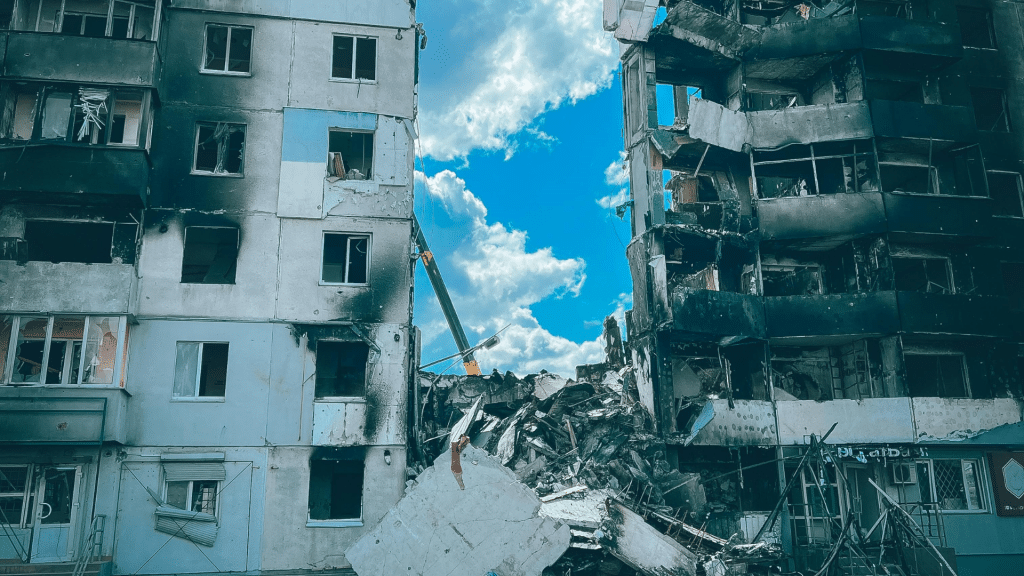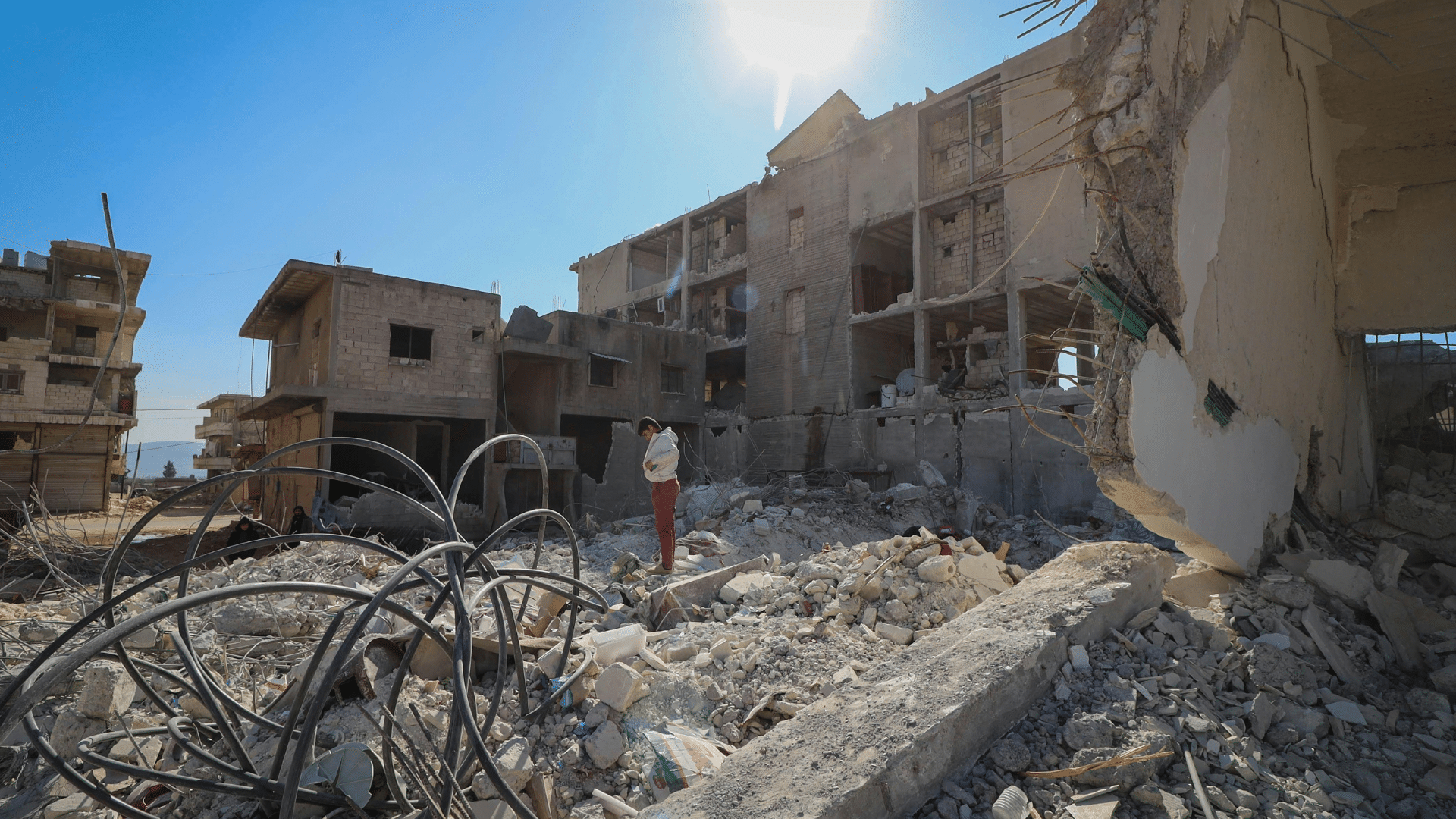In regions where the risk of explosions due to industrial accidents or acts of terrorism is a potential reality, preparedness is key. Although such incidents are thankfully rare, their impacts can be devastating, making effective response crucial for survival. Hostile Environment Awareness Training (HEAT) is designed to equip individuals working in high-risk areas with the knowledge and skills to safely navigate dangerous situations, including explosions. This comprehensive training programme is not just about survival; it’s about enabling individuals to react with confidence and precision during emergencies.

Why HEAT Training is Essential
HEAT training encompasses a broad spectrum of critical survival skills tailored for hostile environments. Participants learn from experienced professionals about risk assessment, emergency response, and the importance of maintaining calm under pressure. The training is particularly relevant for employees in sectors like oil and gas, construction, and global security services, where understanding the nuances of emergency protocols can significantly influence outcomes in crisis situations.
Immediate Response Actions: What HEAT Teaches
1. Immediate Cover and Protection: One of the first lessons in HEAT training involves learning to quickly find cover. In the event of an explosion, securing a safe spot under sturdy furniture can shield an individual from flying debris and glass, potentially saving lives. HEAT emphasises the importance of choosing cover wisely—understanding which environments offer the best protection is a key component of the training.
2. Situational Awareness: HEAT training also focuses on situational awareness—being aware of your surroundings and understanding how to quickly identify safe exits and potential dangers. This skill is invaluable, especially when you find yourself in unfamiliar locations. Participants are trained to stay calm and make informed decisions, even in chaotic situations.
3. Following Protocols and Instructions: Respecting and following the guidance of trained emergency responders is another critical aspect taught in HEAT. Participants learn the importance of adhering to instructions provided by authorities and understanding when and how to move to safety. This discipline can make the difference between a safe evacuation and unnecessary exposure to hazards.
Post-Explosion Protocols as Taught by HEAT
1. Safe and Efficient Evacuation: Post-explosion, the ability to evacuate safely and efficiently is vital. HEAT training covers how to activate fire alarms without compromising safety and the best practices for assisting others without causing harm. The training ensures that individuals understand how to navigate compromised structures safely, recognising signs of potential collapses or secondary threats.
2. Emergency Communication: Effective communication is a pillar of HEAT training. Participants learn the importance of alerting emergency services immediately after reaching safety. Providing accurate and concise information can assist in the overall response and potentially save additional lives.
3. Cautious Re-entry: Finally, HEAT emphasises that re-entering a building after an explosion should never be done until clearance is given by appropriate authorities. This training helps individuals understand the risks associated with potentially unstable structures and ongoing threats.
Conclusion: The Lifesaving Benefits of HEAT Training
Understanding what to do in the event of an explosion is crucial, and HEAT training provides a structured approach to emergency preparedness and response. For individuals working in high-risk zones, this training is not just about personal safety; it’s about fostering a culture of preparedness that prioritises the well-being of all. Regular drills and engagement with HEAT programmes ensure that when faced with the worst, individuals are not only ready to act but are equipped to manage effectively, ensuring the safety of themselves and those around them.
Promoting the HEAT programme underscores a commitment to safety and preparedness in environments where the stakes are exceptionally high. Investing in such training is an investment in peace of mind, knowing that when the unexpected occurs, you are not only prepared to react but are also well-trained to handle the complexities of critical situations effectively.
